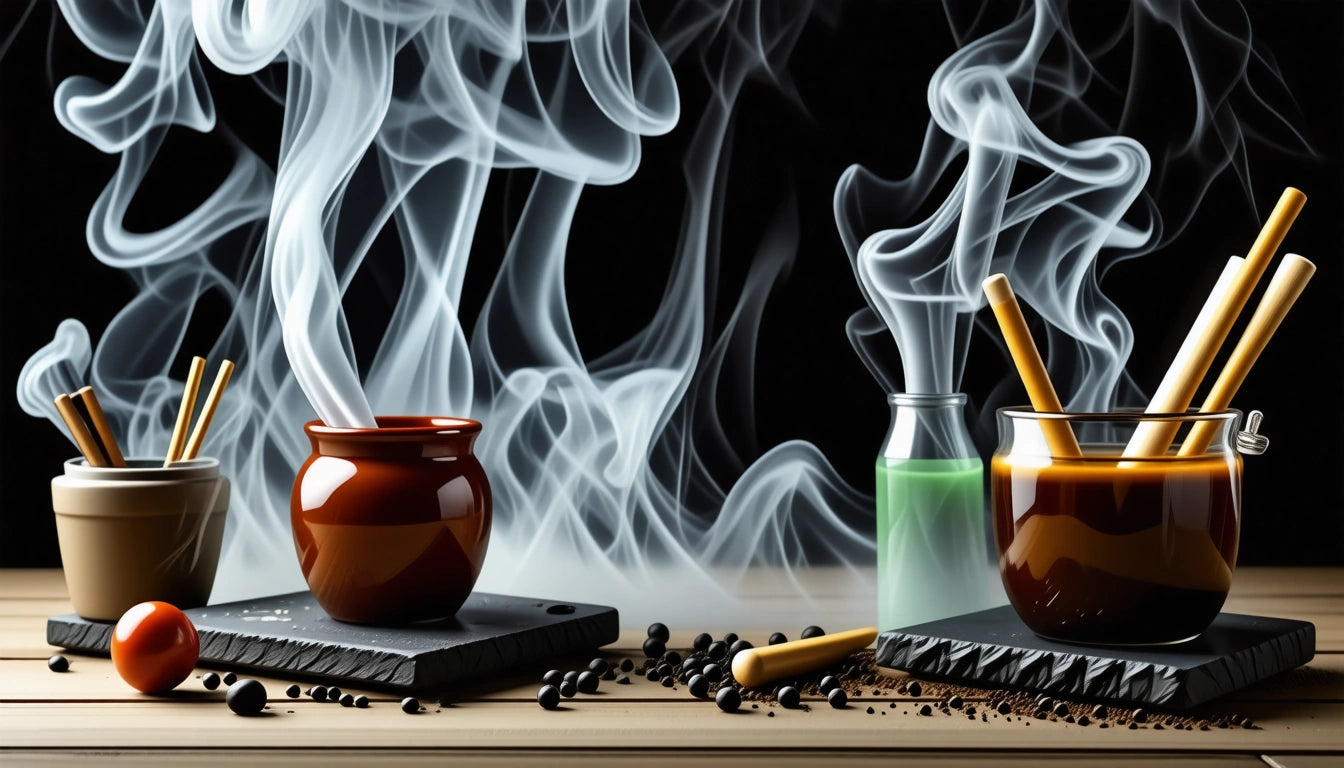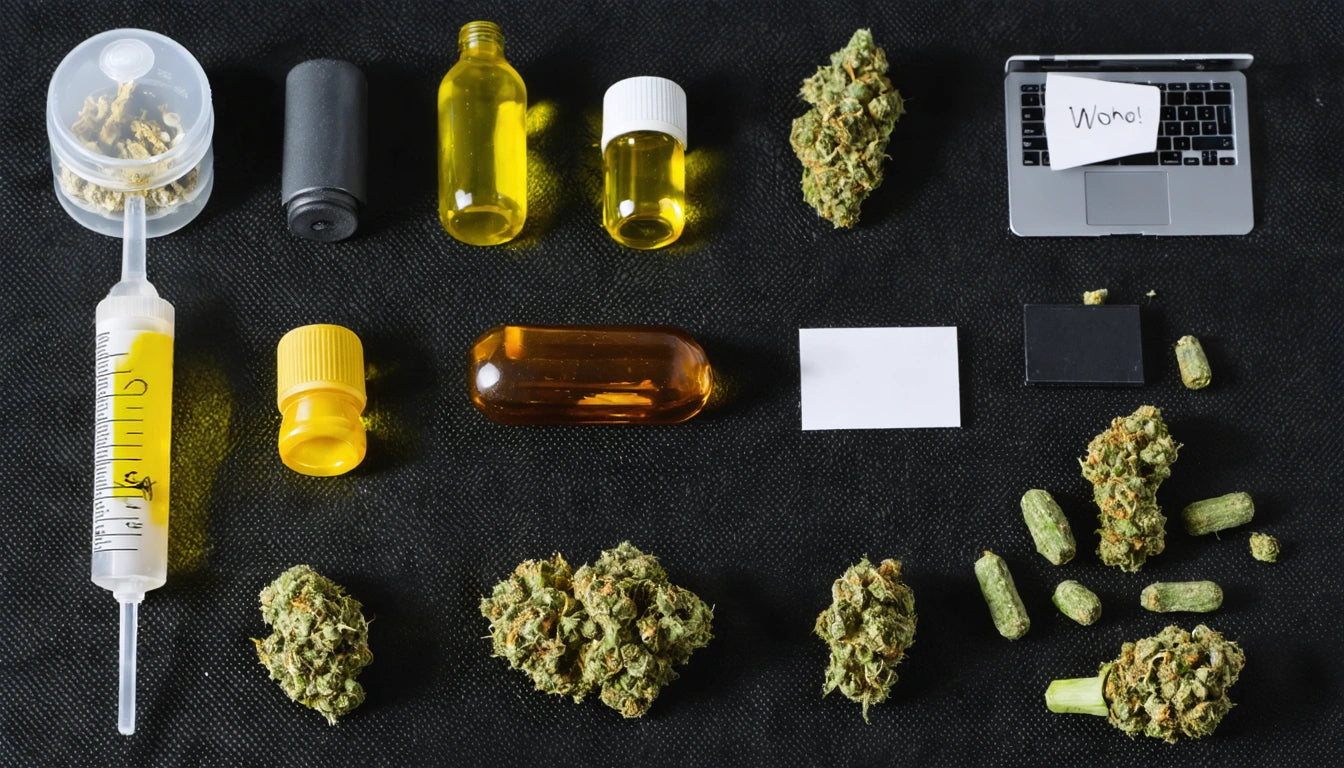Table of Contents
- Identifying Yellow Tips on Cannabis Leaves
- Common Causes of Yellow Tips on Cannabis Leaves
- Nutrient Burn: The Primary Culprit
- pH Imbalances and Yellow Leaf Tips
- Environmental Factors Contributing to Yellow Tips
- Prevention and Solutions for Yellow Tips
- Recovery Strategies for Plants with Yellow Leaf Tips
Understanding and Fixing Yellow Tips on Cannabis Leaves
When growing cannabis, yellow tips on leaves often signal that something isn't quite right with your plant's health. These visual indicators serve as an early warning system, allowing growers to address issues before they become serious problems. Identifying and resolving the causes of yellowing tips can mean the difference between a struggling crop and a thriving harvest.
Identifying Yellow Tips on Cannabis Leaves
Yellow tips on cannabis leaves typically begin with a slight discoloration at the very edges of the leaf. This yellowing gradually progresses inward if the underlying issue isn't addressed. Unlike overall leaf yellowing, which might indicate different problems, yellow tips on weed leaves are often localized to the outermost portions of the leaf while the rest remains green.
According to plant health experts, the pattern and progression of yellowing can provide valuable diagnostic information. When only the tips turn yellow while leaf veins stay green, this points to specific issues rather than systemic problems.
Common Causes of Yellow Tips on Cannabis Leaves
Several factors can cause the tips of cannabis leaves to turn yellow. Understanding these common culprits is essential for proper diagnosis and treatment:
- Nutrient burn from over-fertilization
- pH imbalances in growing medium
- Light stress or heat damage
- Improper watering practices
- Environmental stress factors
Each of these issues creates distinct patterns of yellowing, though they may sometimes overlap, making diagnosis challenging for new growers.
Nutrient Burn: The Primary Culprit
Nutrient burn is the most frequent cause of yellow tips on leaves in cannabis plants. This condition occurs when plants receive excessive nutrients, particularly nitrogen, phosphorus, or potassium. The plant cannot process the surplus, resulting in a buildup of salts in the leaf tissue.
As explained in this comprehensive guide, the tips of leaves are the first to show damage because nutrients travel to the extremities last. When too many nutrients accumulate, they burn the delicate tissues at the leaf edges, causing the characteristic yellowing that later progresses to brown if left untreated.
Signs of Nutrient Burn vs. Other Issues
Distinguishing nutrient burn from other causes of yellowing tips requires careful observation:
- Nutrient burn typically affects newer growth first
- The yellowing is often uniform across multiple leaves
- Leaf tips may curl upward or appear crispy
- The progression moves from yellow to brown if untreated
pH Imbalances and Yellow Leaf Tips
The pH level of your growing medium directly affects nutrient availability. When pH levels fall outside the optimal range (generally 5.8-6.3 for hydroponic systems and 6.0-7.0 for soil), certain nutrients become locked out, preventing the plant from absorbing them properly.
This nutrient lockout can manifest as yellowing tips on pot leaves, even when sufficient nutrients are present in the growing medium. Research on cannabis plant health indicates that pH imbalances can mimic nutrient deficiencies or toxicities, making proper pH testing essential for accurate diagnosis.
Environmental Factors Contributing to Yellow Tips
Environmental stressors can also cause yellow tips on cannabis leaves. These include:
Light Stress
When lights are positioned too close to plants, the intense heat and light can damage leaf tissue, resulting in yellowing tips. This is particularly common with high-intensity discharge (HID) lighting systems that generate significant heat.
Temperature and Humidity Issues
Cannabis plants prefer moderate temperatures between 70-85 °F (21-29 °C) during the day. When temperatures exceed this range, transpiration increases, potentially causing nutrient concentration at leaf tips and resulting in yellowing.
Similarly, improper humidity levels can affect the plant's ability to absorb water and nutrients properly. As experienced growers note, maintaining proper environmental conditions is crucial for preventing stress-related leaf problems.
Prevention and Solutions for Yellow Tips
Preventing yellow tips on cannabis leaves is easier than treating them after they appear. Implement these strategies to maintain healthy green foliage:
Proper Nutrient Management
- Follow feeding schedules appropriate for your plant's growth stage
- Start with half-strength nutrients and gradually increase as needed
- Monitor plant response after each feeding
- Flush the growing medium periodically to prevent salt buildup
pH Monitoring and Adjustment
Regularly test and adjust the pH of your water and nutrient solution. Use appropriate pH adjusters to maintain levels within the optimal range for your growing medium. Many commercial products are available for safe and effective pH management.
For cannabis operations that produce consumer products, maintaining plant health is just one aspect of quality control. Similar attention to detail applies to product safety standards like child-resistant packaging, which helps prevent accidental exposure to cannabis products in households with children.
Recovery Strategies for Plants with Yellow Leaf Tips
If your cannabis plants already show yellowing tips on leaves, take these steps to help them recover:
For Nutrient Burn
- Flush the growing medium with pH-balanced water to remove excess nutrients
- Reduce nutrient concentration by 25-50% in future feedings
- Monitor new growth for signs of improvement
For pH-Related Issues
- Test and correct pH levels in both the nutrient solution and runoff
- Consider using pH buffers to stabilize the growing environment
- Implement a consistent pH testing schedule
While damaged leaf tissue won't recover, preventing further progression and protecting new growth should be the priority. As detailed in this guide on leaf issues, new growth without yellowing indicates successful intervention.
Remember that cannabis plants are resilient. With proper care and correction of underlying issues, they can recover from temporary stress and continue to develop into healthy, productive plants with vibrant green foliage.











Leave a comment
All comments are moderated before being published.
This site is protected by hCaptcha and the hCaptcha Privacy Policy and Terms of Service apply.